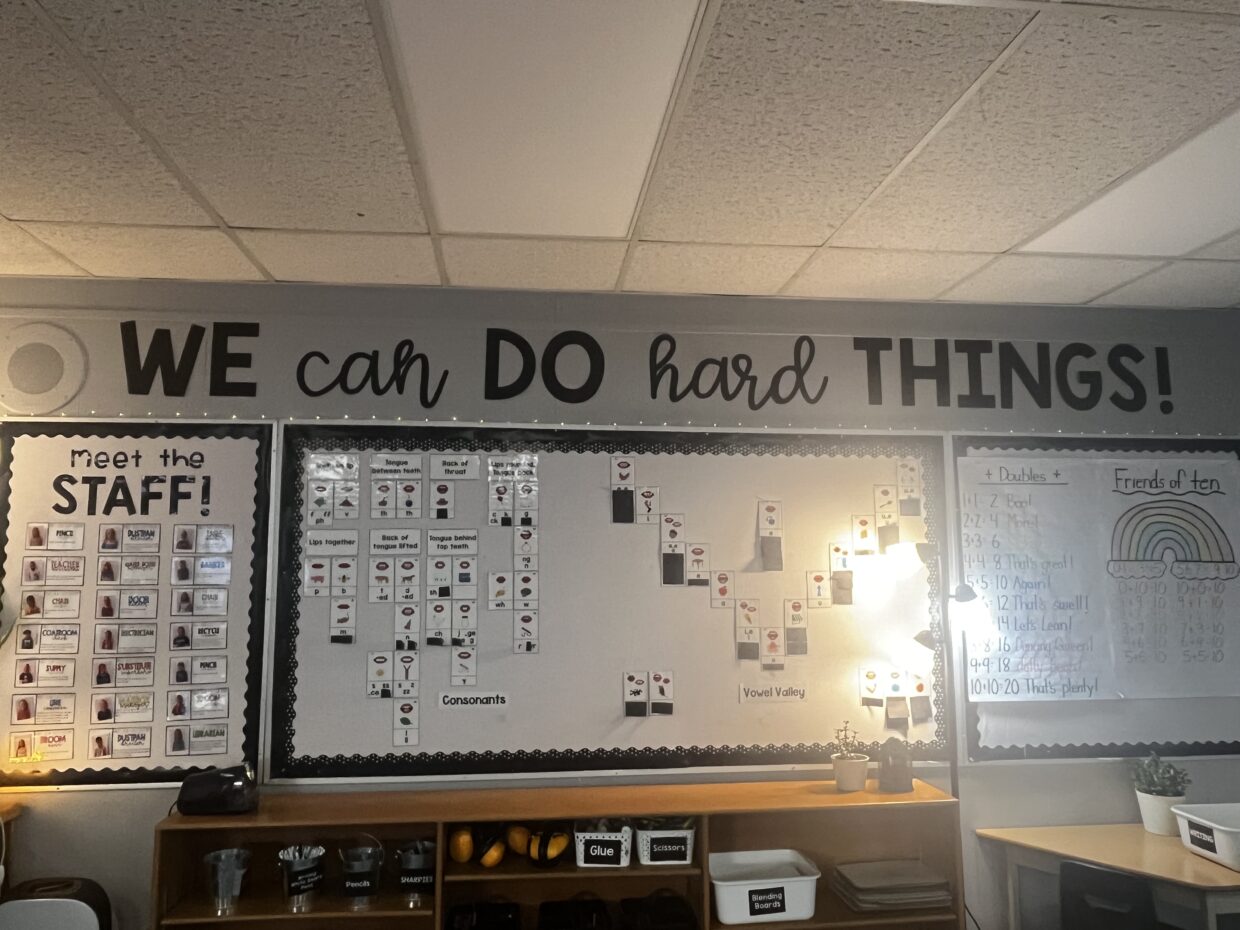Summary of CLassroom Experience
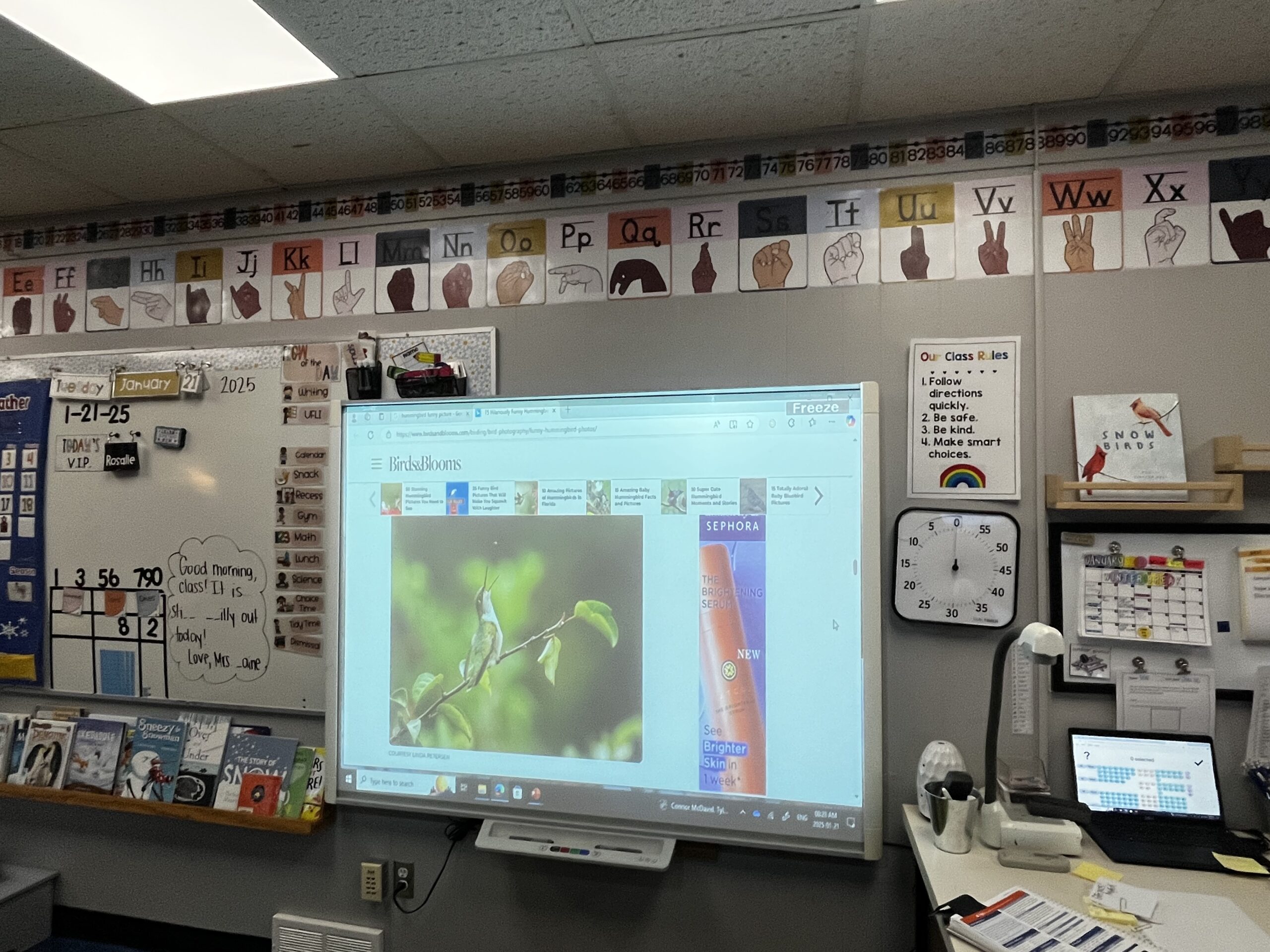
On our first day in the grade 1 classroom, the students eagerly entered and immediately turned their attention to the board, curious to see the image that would serve as their writing prompt. The teacher described this as a creative writing session, designed to fit seamlessly into their morning routine, as their Language Arts period has limited time for such exercises. The prompt featured an image of a squirrel eating a nut, which captured students attention and sparked excitement. There were giggles around the room as they began crafting their sentences and illustrating their interpretations of the images. This activity also served as a cross curricular connection to science, prompting discussions on how animals interact with their environment.
Once students completed their writing, they were encouraged to review their work using CAPS method (Capitalization, Appearance, Punctuation, and Spelling). This approach not only reinforced their writing skills but also allowed them to share unique stories while practising proper language features, structures, and conventions.
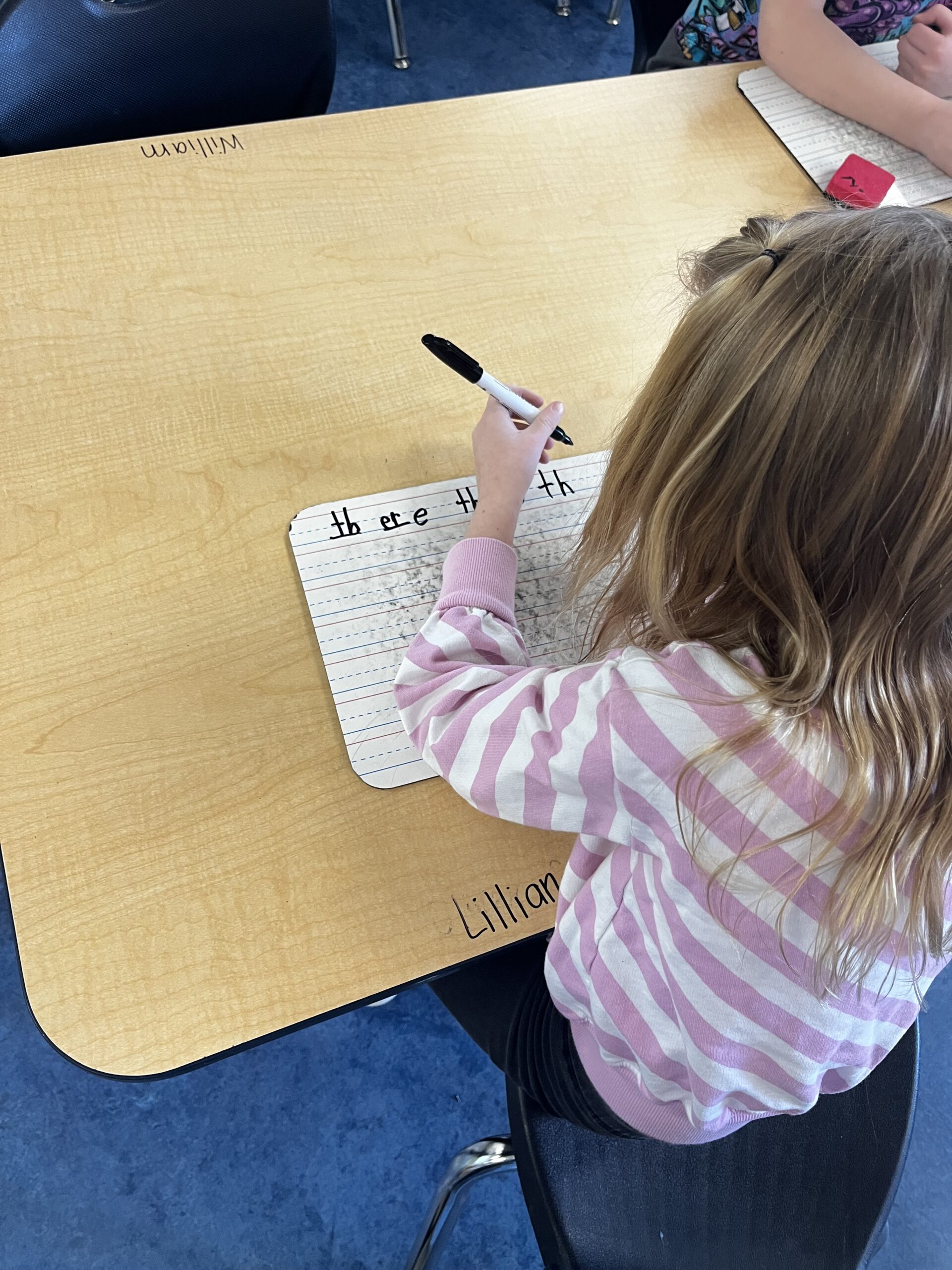
Following this, the class transitioned into UFLI (a structured literacy approach), where students engaged in phonics and decoding strategies. This was followed by literacy stations, including an individual reading station, literacy games on iPads, and a writing station. Each station was designed to support reading comprehension, metacognitive strategies, and writing development in engaging and interactive ways.
I particularly appreciated how literacy stations provided diverse opportunities for students to practice and strengthen their skills. Over the three structured mornings, this routine proved to effective and engaging way to develop students’ literacy skills.
Reflection
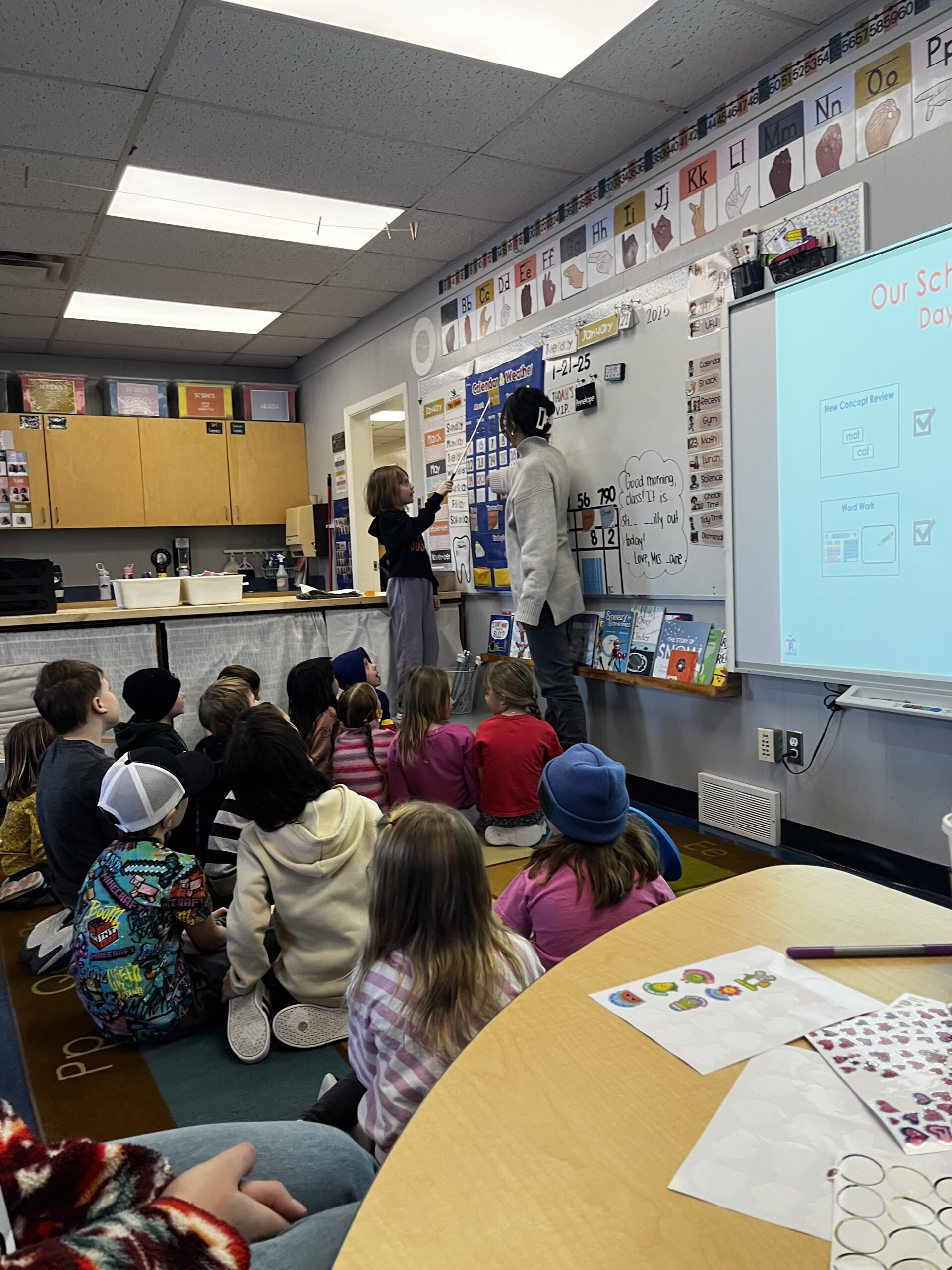
I loved this classroom experience it is always interesting to see how teachers manage their classrooms. While I was in the classroom the teachers used two different incentives to raise students’ motivation. All the students had sticker books, and they got a certain number of stickers depending on how many objectives they completed by checking their writing using CAPS. The second incentive was called rockin readers, each week there would be a few students selected as their rockin readers in the class, this is dependent on their participation in all their reading activities such as UFLI and reading stations. The students selected would get a small prize and were recognized in front of the class, it was very sweet to see all the students support their classmates and cheer for them when they got selected as a rockin reader! This gave me some ideas for rewards in my future classroom contributing to my professional learning.
Participating in this Grade 1 classroom experience allowed me to engage directly with students and observe how fundamental literacy skills are developed through structured and engaging activities. As I moved between stations, I was able to support students in their reading, writing, and literacy exercises, offering guidance when needed, and encouragement. One of the most impactful moments was me witnessing how excited the students became when the students were given the opportunity to express creativity through writing. The use of a visual prompt not only captured their attention but also made the writing process enjoyable and accessible.
I also noticed the effectiveness of the UFLI phonics and decoding strategies in helping students build confidence in their reading and writing. I even learnt something myself! I learnt that if the base word is an unvoiced sound (vocal chords do not vibrate), words ending in “ed” sound like “d”, but if the base word is voiced (vocal chords vibrate) then the “ed” sounds like “t”. By working with students one on one, I saw firsthand how differentiated instruction plays a crucial role in meeting students individual literacy needs. Some students quickly grasped decoding strategies while others need additional scaffolding, reinforcing the importance of responsive teaching, a key aspect of Professional Standards for BC Educators.
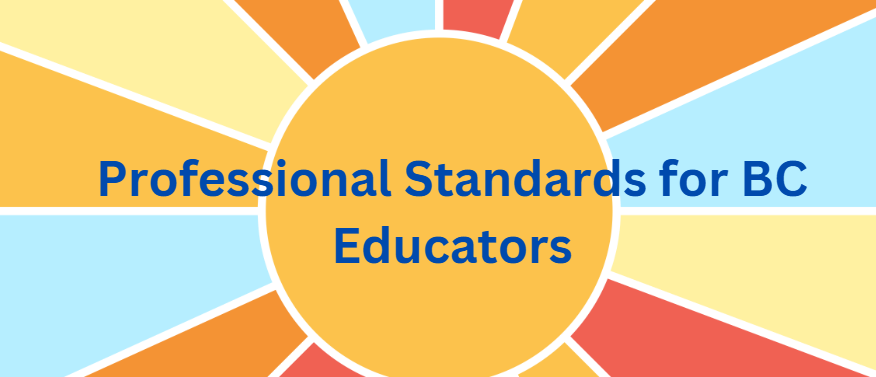
This experience directly connects to Standard 3: Educators Understand and Apply Knowledge of Student Growth and Development:
Observing how the teacher structured the morning literacy routine demonstrated the importance of designing developmentally appropriate learning activities. The integration of writing, phonics, and literacy stations provided multiple entry points for students to engage with literacy at their own pace. As a participant, I learned how effective classroom routines foster engagement and confidence in young learners
Additionally, this experienced links with Standard 6: Educators Contribute to the Profession:
By emphasizing the importance of collaboration in student learning. The literacy stations allowed me to engage with the students in a meaningful way, reinforcing strategies introduced by the teacher and contributing to a positive learning environment. Seeing how the teacher integrated peer collaboration, direct instruction, and student exploration inspired me to think about how I can incorporate similar practices in my own teaching.
Lastly Standard 9: Educators Demonstrate a Commitment to Truth and Reconciliation and Healing:
This resonated with me when the teacher created a cross curricular connection to science in literacy. When we discussed how animals interact with the environment it increased students’ environmental awareness at an age-appropriate level while working on their literacy skills. Encouraging students to think critically about the world around them while building literacy skills reinforces the holistic nature of learning.
